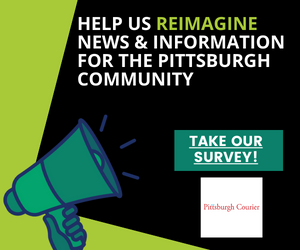Thousands of bicyclists were cruising along carless Forbes Avenue, East Carson Street and across the 10th Street and Birmingham bridges on the last Sunday of July.
The nonprofit BikePGH had organized an Open Streets event, and for four hours, a route through Downtown, the South Side and Uptown was taboo for cars.
Scott Bricker, executive director of BikePGH, himself riding a Dutch cargo-bike, was visibly pleased with the steady flow of bicycles. “Who knew so many Pittsburghers had a bike? They should use them more often.”
The day after, BikePGH estimated that a little under 20,000 bicyclists had participated in the last Open Streets event in 2019.
Over the years, the City of Pittsburgh has been supportive of cycling. Pittsburgh Mayor Bill Peduto, who’s been pejoratively called “Bike Lane Billy,” wants to get more residents out of cars and on bicycles. “A 21st century city is a multi-modal city,” Peduto said in a 2017 debate during his reelection campaign. “It is a city that is designed for cars and bikes and pedestrians, and public transit, and not simply the automobile. That’s 1950s.”
Pittsburgh’s Complete Streets Policy, adopted by city council in November 2016, states that a “robust, efficiently operated and well-connected transit, pedestrian and bicycle system is essential for the improvement of public health, safety, economic growth, and quality of life for all residents…”
The Complete Streets Policy also strives to create transportation equity for Pittsburgh’s most financially vulnerable households, a quarter of which do not have access to an automobile.
This winter, the Department of Mobility and Infrastructure [DOMI] is planning to publish on its website the draft of a plan that strives to expand the city’s bicycle infrastructure – protected bike lanes, trails, regular bike lanes and shared lanes – from 60 to 180 miles.
Some residents embrace bikes as transportation available to everyone. Others see it as an investment that benefits a small part of the community, while other issues in their neighborhoods go unaddressed. Will the policy changes and abundance of bicycles translate to more Pittsburghers riding bikes, and will Pittsburgh’s neighborhoods benefit equally?
LaVette Wagner, a Healthy Ride ambassador. (Photo by Teake Zuidema/PublicSource)
Read entire article at:
With more investment in bike infrastructure, will Pittsburgh’s neighborhoods benefit equally?
